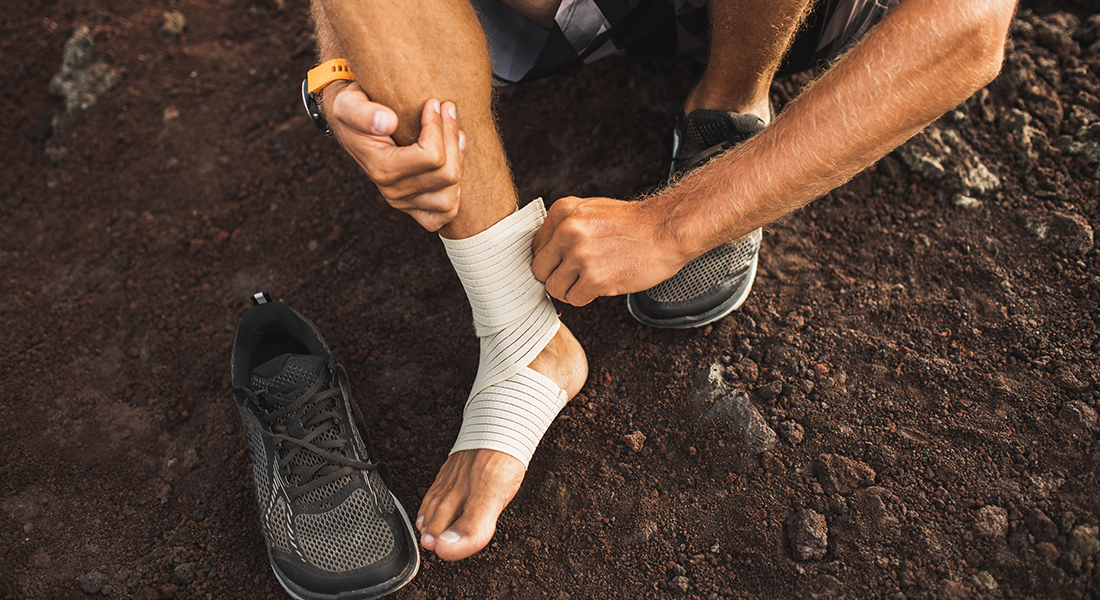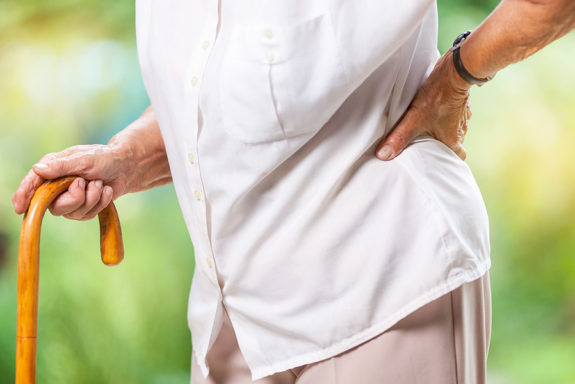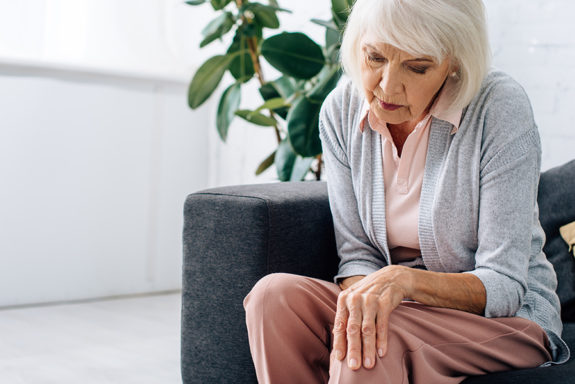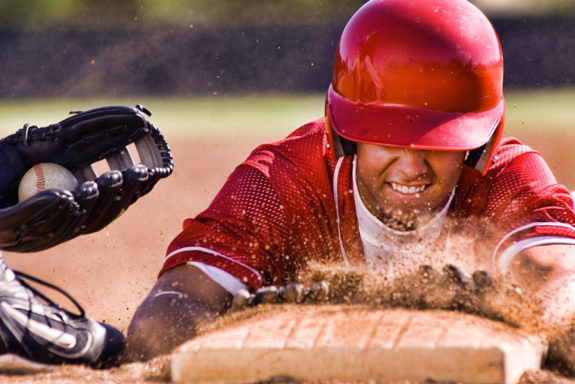
Both hurt and can cause swelling, but how can you tell sprains and strains apart?
Sprains and strains are injuries of the body’s soft tissue. Typically the best immediate course of action to take for both types of injuries follows the acronym RICE: Rest, Ice, Compression, and Elevation.
Rest – Get off your feet and relax. If your injury impairs your ability to walk, you may need to use crutches or a cane (depending on severity) to keep your weight off of the injury. This would allow for the injury to heal quicker and enable you to move easier. Ice – Apply ice packs to the injury for 20-minute durations throughout the day to reduce pain and swelling. The last two points are also aimed at preventing swelling. Compression – gentle compression with an elastic wrapping band such as an ACE bandage. These tighten over time, so do not wrap them around your chest because they may fracture ribs. The tightening is a good reason to not wrap the bandage too tight as it might cut off your blood flow. Elevation – position your injury higher than your heart while laying down to reduce the amount of blood flowing to it, which could pool and cause swelling.
Sprains
Overstretching or tearing of a ligament (which connects bones together) is a sprain. Sprains most often happen to ankles, wrists, and knees. Sharp twists of these joints tend to cause sprains. A Grade 1 sprain includes overstretching and minor damage to the soft tissue. These typically don’t need a physician’s treatment. Just follow the RICE acronym and take over-the-counter painkillers as directed if necessary. A Grade 2 sprain involves some tearing of the ligament, typically braced by a boot. A Grade 3 sprain is the most serious and debilitating. It is classified as a completely torn ligament, which may need surgery.
Strains
When it comes to strains as opposed to sprains, it’s muscles and tendons that get damaged, usually in the leg, elbow, hand, and back. Tendons connect muscles to bones. These are common sports injuries. In addition to pain and swelling, muscle spasms, cramping, and weakness are symptoms of a strain. Strains are categorized like sprains: minor damage and overstretching all the way to a fully torn tendon. The same or similar treatments along with stretching and exercise are common for strains.
If you need professional care to treat your sprain or strain, give our office a call today at (830) 625-0009 to set up a consultation or request an appointment online.



